Our National Parks are a true gem for the keen explorer.
With a myriad of breathtaking views from the peaks of gorgeous mountains to crystal clear blue lakes. As well as thousands of miles of walking trails, historic sites, and so much more.
The proof is in the numbers.
In fact, the Parks saw 330 million recreational visitors in 2017. Which is a whopping 40% increase in footfall from 1980. Having more people getting into the wilderness is all good. But, there’s just one small hitch.
This Device Easily Turns Air Into Water!
Adventurers are heading off with barely any supplies or skills. They purposely ignore all safety procedures and the local precautions, walk along paths with clear signs stating the areas were forbidden or closed to the public. And worse, they’re facing exposure and starvation. Yes, it’s dumb, but people have actually done this. It can happen quicker than you think.
One moment, you’re hiking through a lovely forest. Then you suddenly seem to have gone off the trail. Clueless where you are, panic slowly unfolds. These damn trees look all the same! Didn’t you just pass that river 10 minutes before? Did you follow the trail from the right or left? So what can you do when you’re lost in the wilderness?
Read on for the best tips on how you can quench your thirst, by sourcing and purifying drinking water.
How to Find Water in the Wild
Why is water essential for your survival? Well, in a typical survival situation, food and shelter (unless facing icy cold conditions) are not your immediate priorities.
Your body uses around 2 liters of water a day to simply function. From processing food, circulating blood, regulating your body temperature (and preventing hyperthermia and hypothermia), to thinking clearly, as well as maintaining a number of other important bodily functions.
So, if you don’t have any water for 24 hours, then you’ll struggle to perform the physical and mental tasks needed to survive. Fast forward 48 hours, after a total of 3 days with no water, your bodily functions will start shutting down.
Never rely on thirst as a gauge of how dehydrated you are. A more reliable indicator is dark colored urine.
Thankfully, with a little know-how, water can be easily found in nearly any climate:
The 10 Best Ways to Find Drinking Water
Morning Dew
Looking for a way to collect up to a liter of water per hour?
Tie absorbent cloths (or tufts of fine grass) around your ankles. Take an early morning walk through tall grasses, etc., before the sun rises. Then wring out the saturated cloths.
Rainwater
Collecting rainwater is one of the safest ways to get hydrated. More true in rural areas than in urban locations (where the rain travels through pollution, etc. first). The two main methods of collecting rainwater are:
– using any containers you’re carrying, and;
– tying the corners of a tarpaulin around a tree, so it’s off the ground, then placing a small rock in the center to create a hollow for the water to collect in.
Streams, Rivers, Lakes
Your best option is clear, flowing water, like small streams. Smaller rivers are Ok too, but larger ones are sometimes polluted. Finally, lakes and ponds are Ok too, but they’re stagnant so there may be an increased chance of bacteria.
Start by using your senses. Stand still and listen. You may hear running water, even at a great distance away.
Use your eyes to look for animal tracks, the flight path of birds (or even insect swarms), which may lead to water. Best times are mornings and evenings. In the desert, tracks are much easier to spot.
Scout your immediate environment. Water runs downhill, so follow any valleys or gullies, etc. If you reach low ground, you’ll often come across water.
Vegetation
In hot or tropical environments where vegetation is abundant, look for fruits, fleshy plants (cacti) and roots. Put them into a container, smash them into a pulp with a rock and collect the liquid. Avoid ripe coconuts acts as their milk is a laxative; stick to unripe, green coconuts. For fleshy leaves or stems like bamboo, drain out the liquid by cutting the stalks at the base of a joint.
Plant Transpiration
In this process, moisture travels from a plant’s roots to underneath its leaves, then vaporizes into the atmosphere. Before sunrise, tie a large bag around a leafy green shrub or tree branch. Use a small rock to weigh the bag so the water can collect. As the plant transpires, instead of vaporizing away, it collects in your bag.
Rock Crevices and Tree Crotches
In desert areas, water collect can in rock crevices and crotches of tree limbs. Even if it’s not visible, bird droppings around a rock crevice may indicate that water is inside. Place a piece of cloth in the crotch or cracks, soak up the moisture, then wring it out.
Underground Still
In particularly hot climates, a still can offer a reliable, often substantial source of water. Locate an area that receives sunlight for most of the day. Dig a bowl-shaped pit that’s 1 meter wide and 0.60 meters deep. Put a large container in a hole at the bottom of the pit. In the center of this sheeting, put a small rock creating an inverted cone over your container. Cover the pit with (clear) plastic sheeting. Keep it in place using small rocks. Water will collect in the container at the bottom. Typically, you’ll need at least 3 stills for one person’s daily water intake.
Melted Snow
In mountains or colder regions, look for freshwater ice, which has a crystalline structure, is a bluish color and splinters when cut with a knife (e.g. from icebergs). Avoid salty ice, which is gray and opaque.
Mix snow with other water you have, slosh it around until it melts. Heating snow directly can scorch it and make it bad tasting.
Never eat snow without melting it first. Eating snow straight from its source will lower your body temperature, so to stay warm, your body compensates by raising your metabolic rate, resulting in dehydration. Snow can be a great source of water, but it must first be melted and purified.
Wells
Digging may be your best bet in arid regions like dry desert lakes, dry river beds, the feet of cliffs, and in lower/valleys areas.
Anywhere there is green vegetation or dampness on the ground, then dig a large hole around 1 meter deep, and you’re likely to see water seeping in.
Beach Wells
Usually about 100 feet from the shore (after the first sand dune), dig a 1 meter hole on the beach. Place rocks on the bottom, and driftwood on the sides. The well can now fill up without collapsing or too much sand falling in the water. The well will fill with fresh water, both collected rainwater (running down the dunes), and sand-filtered sea water. Move further away from shore, if it tastes salty.
Cautionary Notes:
- In the above methods involving wild, growing vegetation, make sure you’re not collecting water from poisonous plants.
- The sap from plants should be used within 24 hours. After this, it will become too dangerous to drink as it starts to ferment.
- Purify any water you collect before drinking it.
- Avoid non-water fluids you may think you can use as a substitute for the real thing: alcoholic beverages dehydrate the body; urine includes harmful body waste, and is 2% salt; blood needs additional body fluids to digest, and may carry disease; sea water is 4% salt and also requires body fluids to purify, depleting your body’s water supply.
The 5 Dangers of Drinking Dirty Water
Clear looking streams, rivers and lakes may seem clean. In fact, millions of microscopic organisms thrive in freshwater. If you don’t filter and purify it, You could get severely ill from bacteria in the contaminated water. In a survival scenario, it’s always best to be cautious.
There are 5 main types of contaminants you will need to remove from water, to make it safe:
Turbidity
Water which is muddy due to mud or sand, etc. (including) rotting matter.
Bacteria
Single-cell organisms, which may cause disease, some potentially fatal.
Viruses
Microscopic parasites which can cause serious disease in infected organisms, e.g. Hepatitis A.
Parasites
These organisms live in a host (human or animal) and can often cause disease. For example worms or protozoa.
Chemicals
For instance, pesticides or industrial pollution. Usually caused by nearby agriculture, forestry or mining.
How to Boil Water
Use some suitable material like clothing (e.g. a shirt) to filter out any sediment. Before boiling any water, you will need to source a fire proof vessel. You could boil the water in a metal can (e.g. clean aluminium drink/food).
Other makeshift containers include a glass or even a plastic bottle. Pour water into the bottle so it’s full. Cap it. Then place it onto hot coals. As there’s no air inside the bottle, it won’t melt. The alternative method (e.g. not having sufficient water to completely fill the bottle) is to use some cord to hang it right over the fire.
If you don’t have access to a fire, another way to destroy microorganisms is by placing the water in a transparent container out in bright sunlight. Ten minutes of boiling should be sufficient.
Using Tablets for Purification
Many companies produce purification tablets. You will need to check their ingredients as many folks may suffer allergic reactions to iodine (one of the main constituents).
Use a cloth to strain out grit/dirt (like with boiling). In many cases, cloudy water can usually be purified by using more than 1 tablet. After 30 mins, wash the bottle cap using a little treated water.
Oxygenating the water will make it more palatable. To do this, pour it to and fro, from one container to another.
Finally…
Hopefully these tips will help you safely find and use drinking water.
It’s always a good idea to take more than the bare essentials on your next outdoor trip. Remember to pack your survival kit with a compass, a torch, matches and, extra clothes and blankets (for keeping warm in cold weather).
Not forgetting, extra bottled water and food supplies!


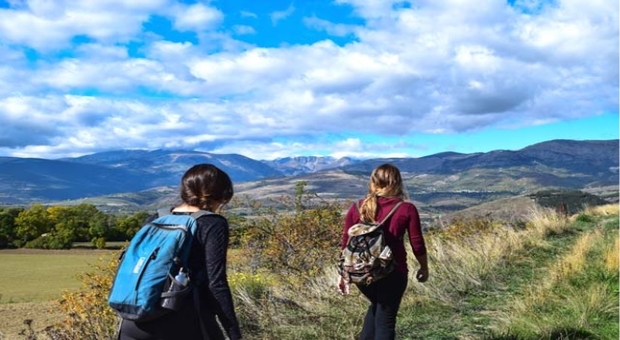
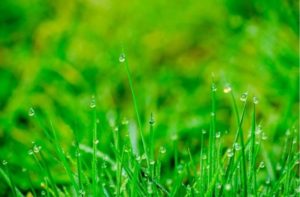
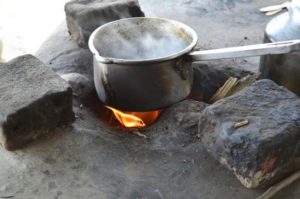

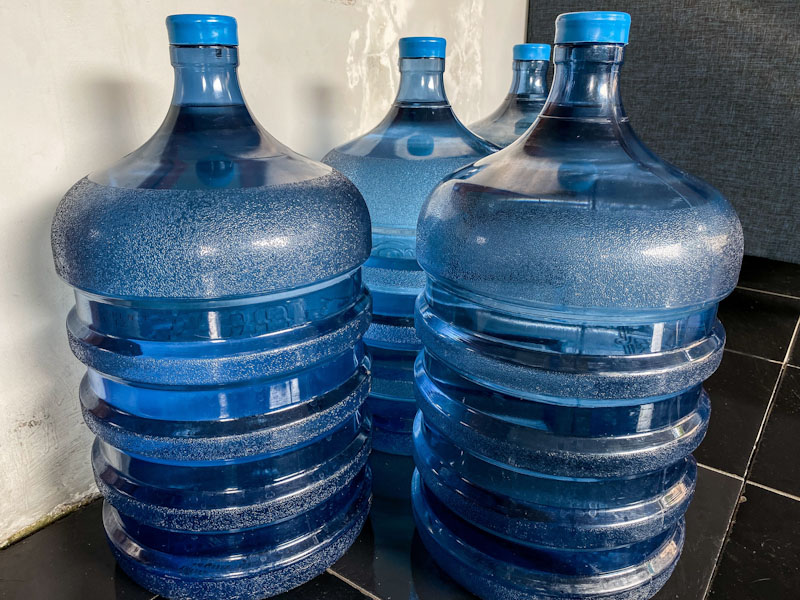
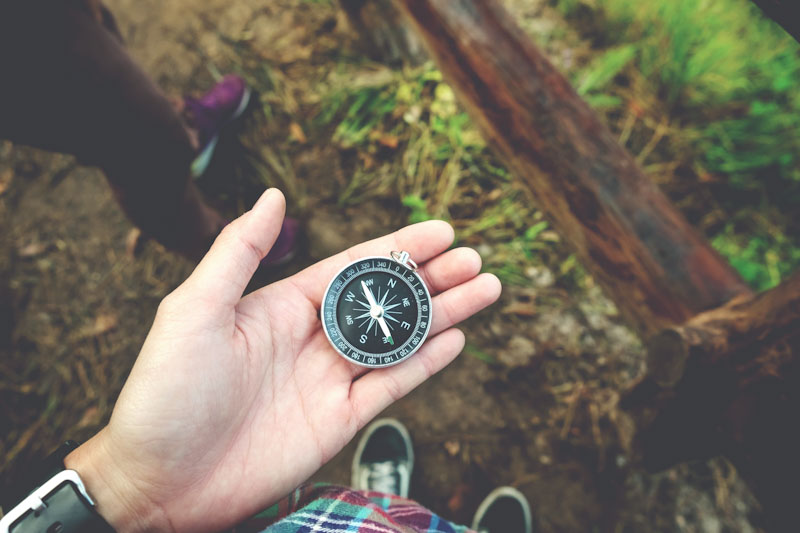
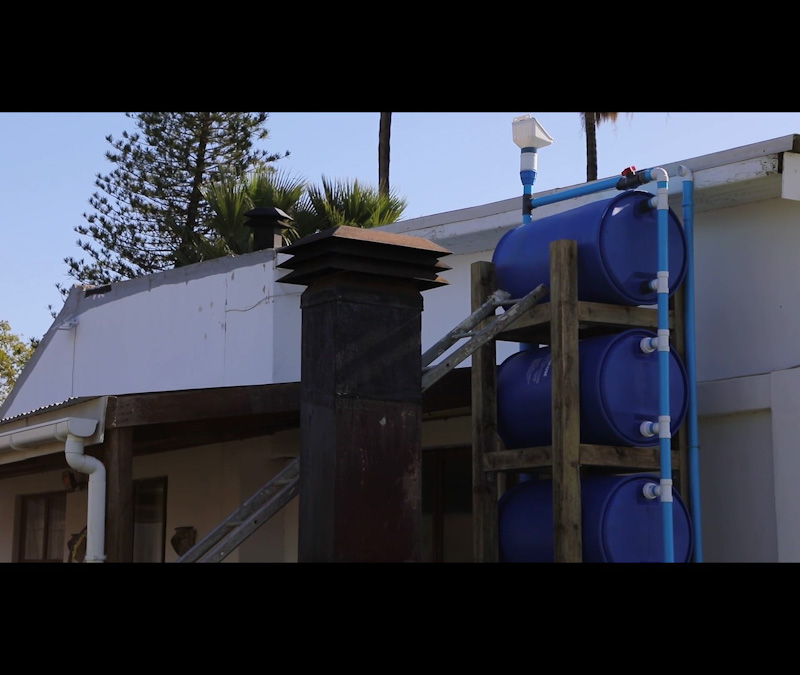
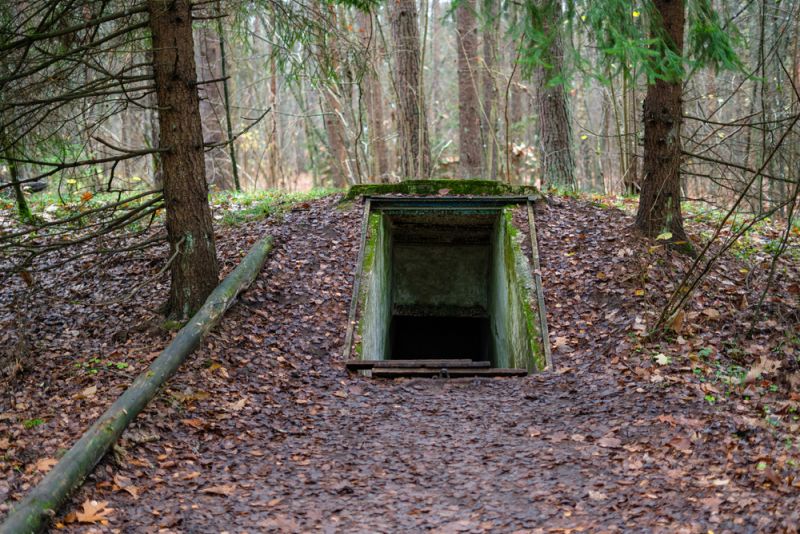


Rocky | April 11, 2019
|
I have had water out of elk hoof prints in the wilderness with no ill affects. I’ve also been sick on “purified” water in foreign countries. When I was an active rescue helicopter pilot in a number of countries, I discovered the “Steripen” and have used it everywhere I go. Best thing I have ever used and treated all my water thru it. Never got sick. Highly recommended.
Bill in Idaho | April 11, 2019
|
Never Forget These . . . The two Large Canteens that you have been lugging along All this Time – are the insurance policy that you Need – so that you can search for More Water, and perform Other Necessities that you must do. Collecting Dew or other Condensation will come up Way Short of the 2 – 4 Quarts that you will Need to maintain your strength. Keep your wits about you and you Will Do OK ! The Southwest Idaho desert (South of the Snake River aquafer) will average about 2 to 4 active springs in any one square mile. Finding them – now there is the problem !
TruthB Told | April 12, 2019
|
Don’t swallow yellow snow.
Ben Leucking | April 13, 2019
|
I always get a kick out of articles that purport to tell people how to find water in the desert, while genuinely praying that the self-styled “expert” doesn’t get anyone killed with their advice. Since the premise of this article is adventurers that head off with “barely any supplies or skills,” it stands to reason that none of them will have a shovel, several large pots for collecting water (3X the number of desperate people), or the plastic needed to construct three solar stills for each person.
You can find water in exposed rock depressions of a dry wash a day or two after a rain, but I’ve never seen water in a rock crevice, whatever that is, or the crotch of a tree limb. Mesquite, Acacia, Palo Verde and Ironwood trees (to name only a few) just don’t have the “crotches” that you reference. Likewise, digging a well in a dry wash is very much a hit or miss option. I have found locations where that worked, but the signal for locating these spots was not what you would think. I was alerted to these locations by the presence of bees and/or wasps, who were attracted by the moisture.
One reason we call it a desert is because rainfall is infrequent and minimal. To suggest that an inexperienced adventurer can rely on rain water is ludicrous.
You would do a much greater service to potential victims of your advice by instructing them to ALWAYS take plenty of water with them when heading out into the desert. And inform them they are fools if they don’t tell someone where they are going (specifically) and when they expect to return. The bodies of victims of hypothermia/dehydration are usually found within three miles of where they abandoned their vehicle. When you start finding discarded clothing, you will likely find them within another 100 yards. It is irresponsible and beyond dangerous to suggest that you can last for three days without water in the desert. When you factor in the heat, a far better estimate would be 8 to 24 hours.
By the way, the best time to find surface moisture in desert washes is early morning, before the sun dries out the sand. However, anyone that is relying on that knowledge for survival is a strong candidate for the Darwin Award.
Paladin | April 16, 2019
|
Interesting insights from all the good people living in sand country. Here in Michigan, we tend to focus more on ways of keeping our feet dry. Blessings to all.
Bill in Idaho | May 6, 2019
|
If you do find a supply of “Wild” water, you Can render it to be Fairly safe . . . Remember Charcoal (from your campfire) – and boiling to steam – Real Steam.
Smitty | April 20, 2021
|
LOL how do you boil water in a water bottle by leaving it in the sun for 10 minutes??